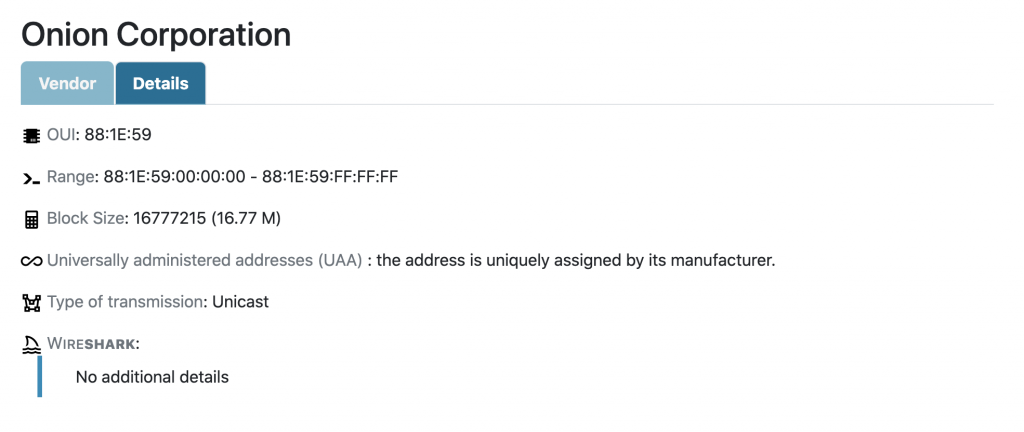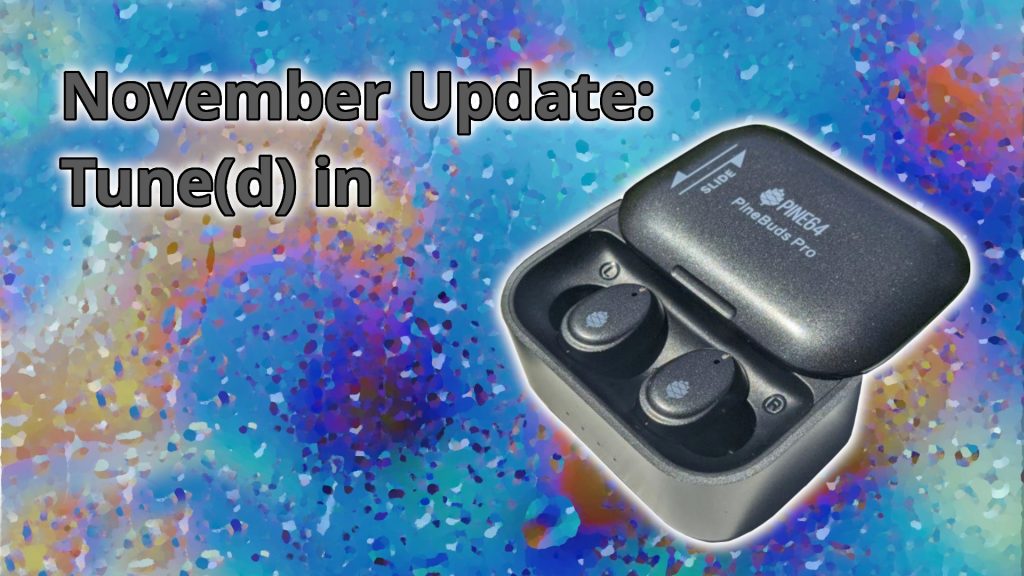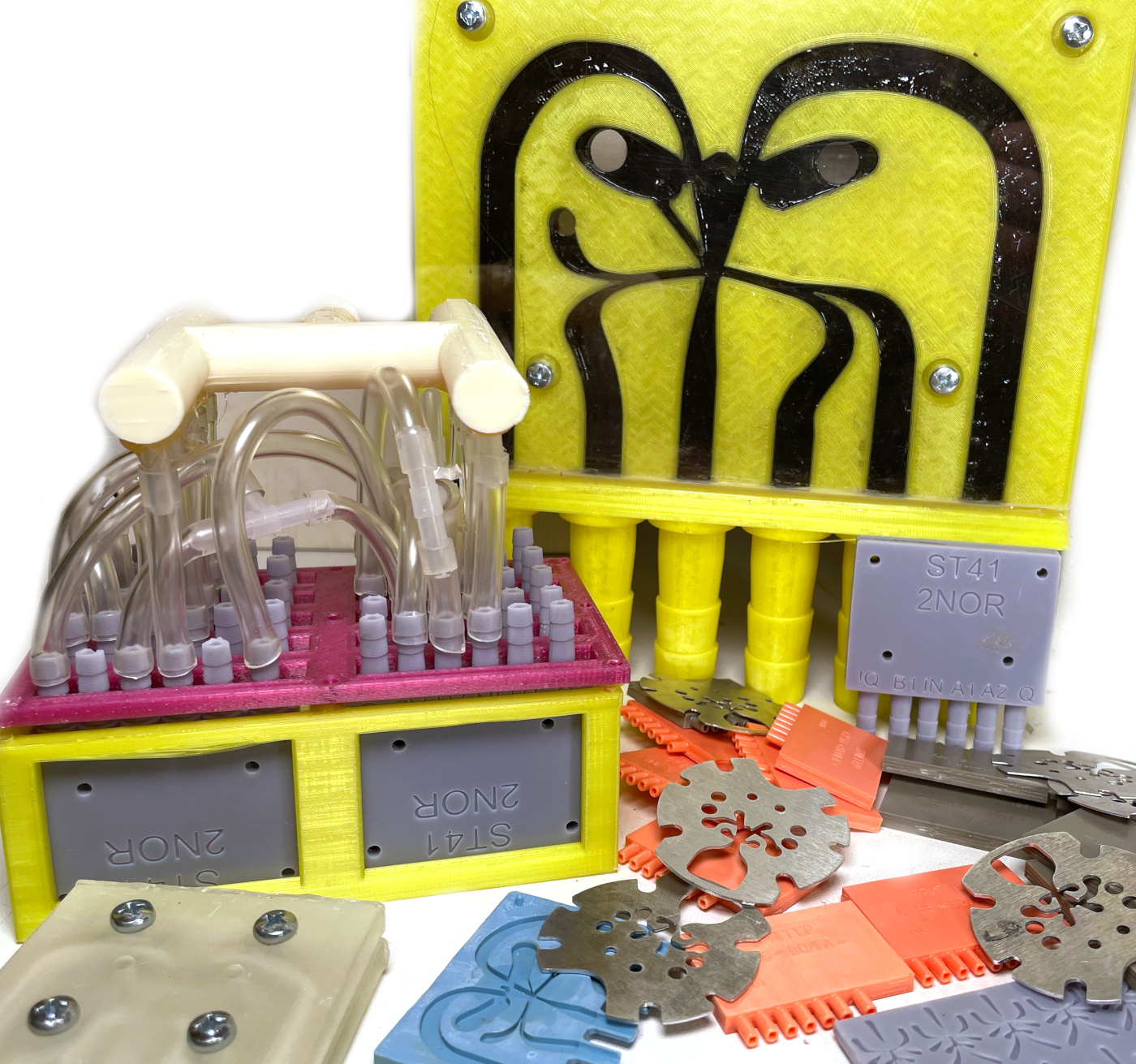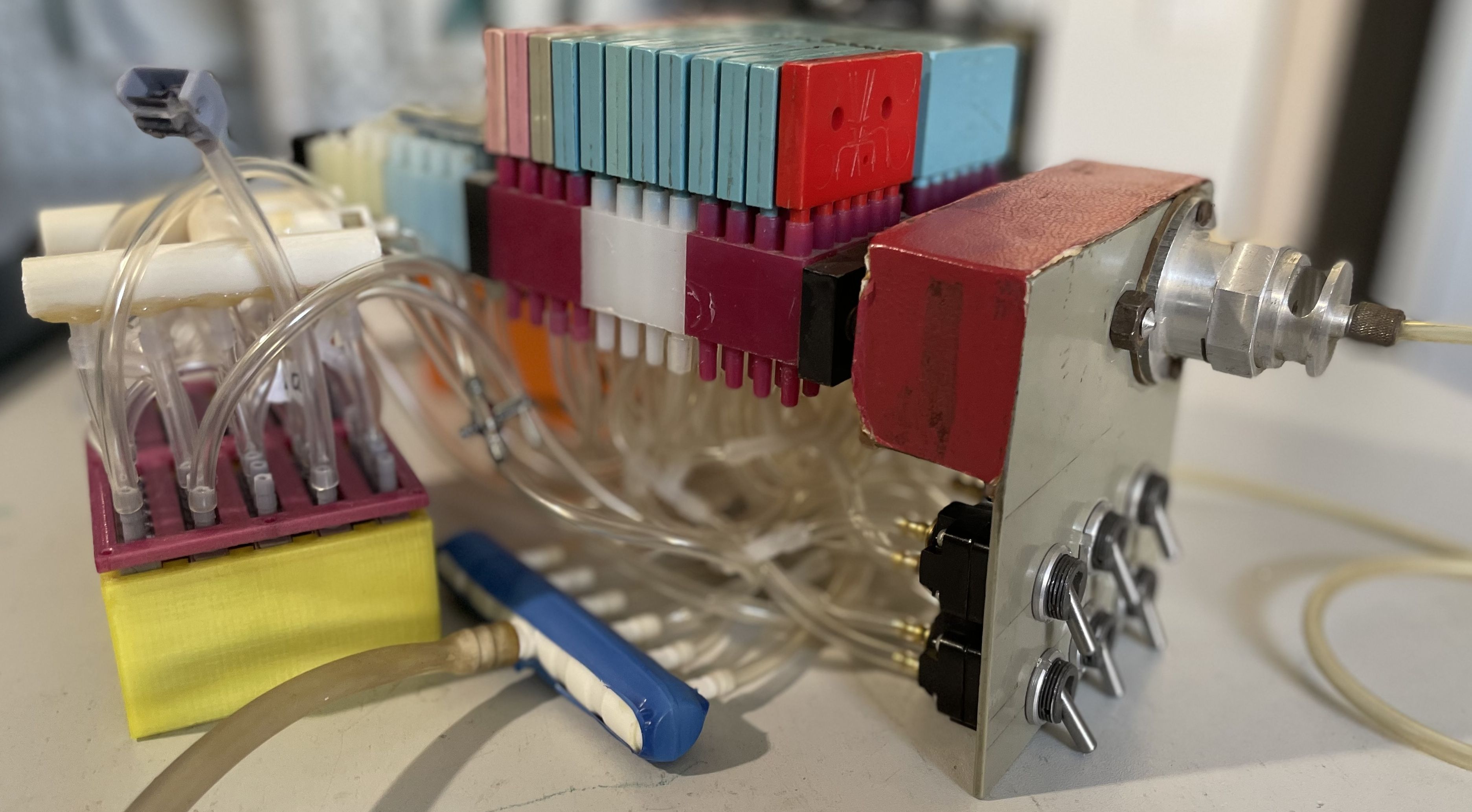Feed SparkFun Electronics [copy] http://www.sparkfun.com/feeds/news has loading error: cURL error 22: The requested URL returned error: 405
Feed The RFID Weblog [copy] http://www.rfid-weblog.com/index.rss has loading error: cURL error 22: The requested URL returned error: 404 Not Found
Feed tqfp.org [copy] http://tqfp.org/rss/ has loading error: A feed could not be found at `http://tqfp.org/rss/`; the status code is `200` and content-type is `text/html; charset=utf-8`
A Christmas tree bauble that plays Doom
Now you can shoot zombies and imps on your Christmas tree as well.
Updated Delivery Date
Note: This is a crosspost of a Cynthion update on Crowd Supply: https://www.crowdsupply.com/great-scott-gadgets/luna/updates/new-delivery-date
With almost every project, delays tend to happen. LUNA is no different. In good news, we have received all of the components needed for LUNA. In not-so-good news, we have not been as lucky in gathering components for the other products at Great Scott Gadgets. Over the last couple of months, we’ve had to move our head hardware designer (Michael Ossmann) from the LUNA project and onto redesigning some of our other hardware so Great Scott Gadgets can continue to exist through this chip shortage. The result is...
New MAC Address Range

We are happy to announce that Onion Corporation has a new MAC address block. Onion devices can now have MAC addresses in the range of 88:1E:59:00:00:00 – 88:1E:59:FF:FF:FF, with 88:1E:59 being the new OUI (Organizationally Unique Identifier).
What is a MAC Address?A MAC address, or Media Access Control address, is a unique identifier assigned to network interfaces for communications within a network network segment. Every Omega2 device is allocated three sequential MAC address during production, one for each of the available network interfaces:
The WiFi Access Point interfaceThe Ethernet portThe WiFi client interfaceWhy Do We Need a New Range?Simply because we’ve used...
Free Stuff - October 2022
The October recipient for the Great Scott Gadgets Free Stuff Program is M0nkeyDrag0n! M0nkeyDrag0n has requested a GreatFET One in order to explore a potential bug he found in Windows. We love supporting researchers and look forward to hearing about what M0nkeyDrag0n finds.
November Update: Tune(d) in

We’ve got three key hardware availability announcements this month: for the PineBuds Pro, the Ox64 and Star64, all of which ought to be available in the coming weeks. However, reading this update I’d like you to keep in mind that Chinese factories and logistics are currently experiencing significant restrictions due to the zero-COVID policy. This means that some of the predicted availability dates may change. That aside, we’ve got a great update for you this month, so tune in and let’s get to it.
Пневмоника и процессор постапокалипсиса

В первой части эпоса по разработке процессора постапокалипсиса я просимулировал газодинамические процессы в логическом элементе, работающем на эффекте прилипания струи воздуха к стенке, а также синтезировал будущую принципиальную схему полного сумматора. Пришло время собрать вычислительное устройство и проверить его в работе.
Удивительно, но струйная логика используется не только в ракетных двигателях или газодинамических подшипниках, но и в бытовых газовых счётчиках. Совершенно случайно я наткнулся на пост «Внутренности газового счётчика» на Пикабу и увидел своих старых знакомых. «Ребята, а что вы тут делаете?», — подумал я и понял: время пришло.
Читать дальше →
RetroNetCall: "OCTOI project status update"
I've presented an OCTOI project status update (Nov 2022) as part of the RetroNetCall talk series on retro-networking technology.
You can find the video recording at https://media.ccc.de/v/retronetcall-20221109-laforge-octoi-status-update
Проектируем процессор постапокалипсиса с помощью openSource

Проектируемый компьютер на сверхминиатюрных электронных лампах хоть и является радиационно-стойким, однако работает на электричестве. Кроме того, восстановить в сжатые сроки производство электронных ламп в условиях постапокалипсиса будет довольно сложной задачей. На руинах цивилизации гораздо проще организовать массовое производство логических элементов, работающих на эффекте прилипания струи воздуха к стенке — при этом сам элемент можно лепить хоть из глины! И мало того, что для создания потока воздуха не обязательно использовать электричество — теоретически такой процессор сможет работать на энергии ударной волны ядерного взрыва! Но обо всём по порядку. Для тех, кто следит за проектом DekatronPC — не пугайтесь, ему ничего не...
Packetry Preview

Note: This is a crosspost of a Cynthion update on Crowd Supply: https://www.crowdsupply.com/great-scott-gadgets/luna/updates/packetry-preview
Due to the delays caused by the chip shortage, there’s not been a lot to report on the LUNA hardware front recently – but behind the scenes, we’ve been hard at work on the software stack which will accompany it. Over the next few weeks, we’ll be making some more updates about that work.
One of LUNA’s key features is its ability to act as a passive sniffer: it can be connected between a computer and the USB devices connected to it, capturing all the traffic between them. This...
Free Stuff - September 2022
The September recipient for the Great Scott Gadgets Free Stuff Program is Brett! Brett volunteers at the Wasatch 100 in Utah. The Wasatch 100 is a 100 mile endurance run through the Wasatch National Forest. Brett is planning to use the HackRF One we are sending him to streamline the race aid station communications. We look forward to seeing the solution he comes up with.